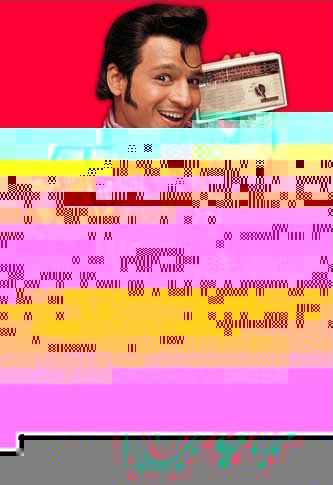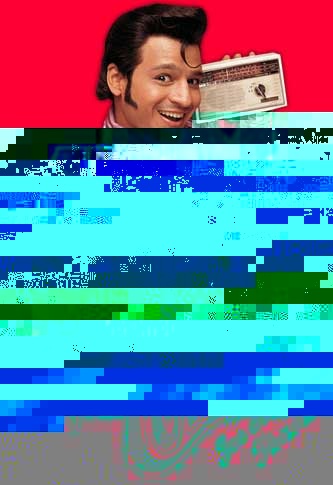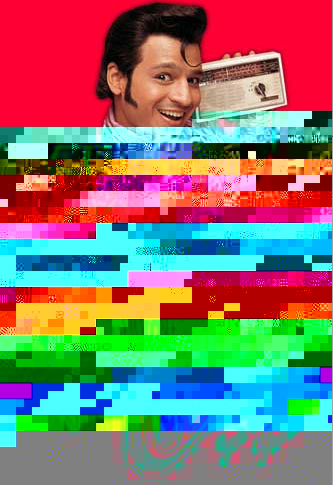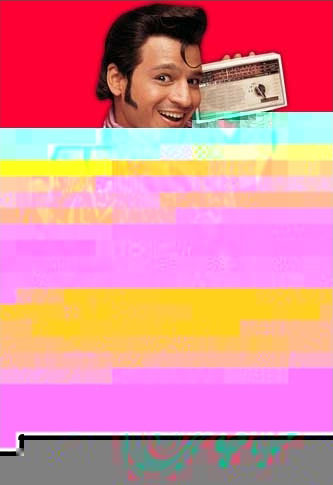12. During the process of its creation, glitch art appears stochastic. It is difficult to foresee which alteration of data will metastasize, which will instantaneously kill the file, and which will have no discernible effect. However, from the point of view of the file, whose "genetic predispositions" are rigid and fixed, there is nothing random about glitching. "Open 57904.jpg >> replace all Q with 9hJ" produces exactly the same results every time. Alternately, we could say that glitch practice is pseudo-aleatory, since results which appear random are in fact entirely reproducible.
though it's true that glitches aren't "random" in the sense that they do follow rules, no matter how incomprehensible to us those rules may be, it's an oversimplification to say that any given glitch "produces exactly the same results every time". to say this is to ignore the role that the rendering engine plays in visualizing the glitch.
different rendering engines sometimes render the same glitched data in different ways. this is what i call application sensitivity (for want of a better term). examples:
- a file that is too corrupted to open in one application may open in another—adobe photoshop generally won't open damaged JPEGs, but others (including many web browsers) will
- some corrupted files will render in different ways depending on the application that's reading them—compare a glitched PSD file opened in its native photoshop to the same file opened in gimp (or even in a different version of photoshop)
- glitched files may even render differently when opened in the same application but on different hardware (though this could still be a software issue related to subtly different codecs etc being installed on the different machines)
so let's revisit my bollybend experiment from 2005. in that experiment, i posted an actual glitched JPEG which i knew rendered differently on different software, and i asked my readers to submit screenshots of what it looked like on their systems. i then reposted all of the different versions here.
software and hardware have changed a lot since i first did that experiment, to the point that this same file renders differently on modern systems than it did on 2005's systems.
here is the actual bent JPEG:

the file above will not even open in internet explorer. here's what it looks like in chrome on my computer (running windows 7):
bollybend3-chrome.jpg


here's what it looks like on my wife's machine (firefox 9.0.1 on win7):
bollybend3-ffox.jpg


here's how it looks in microsoft paint on my machine:
bollybend3-paint.jpg


here's how it looks when i insert it into a word 2003 document:
bollybend3b.jpg


here's how it looks on our ipad (running i think iOS 4.3):
bollybend3mac.jpg


and here's how it looks in firefox on my several-year-old laptop:
bollybend3c.jpg


compared to the results from last time, i got three brand-new variations, just by opening the file on newer systems. there are surely more variations out there—in addition to whole new browsers and operating systems on the market now (such as chrome and win7 above), there are also a lot more smartphones and tablets out there. i'm curious how the file might render on an android phone or on web os, for example. but to find out, i'll need your help!
how you can help with this experiment
scroll up to look at the glitched JPEG at the top of this post. compare it to the other versions. if it doesn't match any of them, take a screenshot* and email it to me along with information about what browser and OS you're running. you don't need to crop it for me, but you're welcome to if you like (the image should be 333x485).
submitted images will be posted here on the blog as well as on the results page, and you will of course be credited for your contribution.
extra credit: for bonus points, save the glitched file to your machine and try opening it in other image editors (it probably won't open in photoshop), insert it into word processing files or other types of documents, etc and send me screenshots of any interesting results you get.¶
*(here's how to take screenshots in windows and how to do it in OS X.)


8 comments:
Default Android browser (whatever it's called) will not display it at all.
Just sent you a GIMPed version.
Discover the latest findings and insights on application sensitivity in your comprehensive experiment. Explore the impact and implications of your research.
Thank you very much for sharing this. concrete companies Port Charlotte Fl
"Application Sensitivity Revisited: An Experiment" offers valuable insights into the nuanced behavior of systems under varying application demands. The experimental approach is well-structured and the findings are thought-provoking. It effectively highlights the importance of sensitivity analysis in optimizing performance, making it a solid contribution to system performance research.
Daman Invite Code
Design and conduct an experiment titled “Application Sensitivity Revisited.” Assess how varying environmental, technical, or user factors influence application responsiveness and reliability. Implement controlled tests using diverse conditions, record performance metrics, and analyze data to identify sensitivity patterns. Conclude with recommendations to enhance stability, efficiency, and adaptive application behavior. Sex Crime Attorney
Discover the latest findings and insights on application sensitivity in your comprehensive experiment. Explore the impact and implications of your research.
California Desert Date Palm Trees
Post a Comment